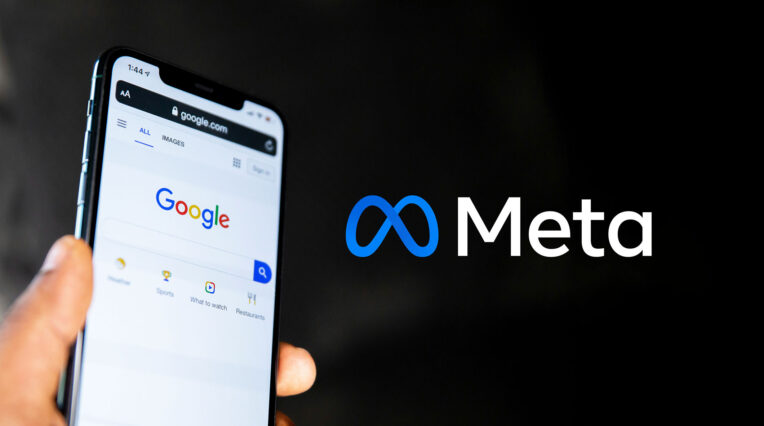News | 24/07/2020
The Psychology of Design

Design is so much more than looking good – it’s about really knowing who you are designing for, and why. This is why here at Spoken, the psychology of design is everything.
We’ve all heard of subliminal messaging when brands are selling to you without even noticing. So, the smell of freshly baked bread when you enter a supermarket immediately makes you feel happy, content and hungry. It’s the same for digital design – every image, angle, font and colour has been thought about and the emotion/engagement that it conjures up for that specific target audience. It’s that thing of really liking something, but you don’t really know why. Good brands spend considerable time and money to really develop this so that their audiences’ visceral reaction is triggered when seeing their design and their reaction feels instinctive and from the gut, which is hugely powerful and impactful stuff.
However, behind the scenes brands have spent a lot of time planning for this reaction. Here at Spoken, we have always said that the key to success is knowing target audiences and by that, we don’t just mean roughly knowing them but almost obsessively knowing them! A lot of brands and business owners don’t take enough time to really look at who is working with them and who is buying from them – this data is everything as often the reality of who you think your audience is and who they actually are can be pretty disparate.
By truly understanding what makes your audience tick, what they respond to and what they enjoy is the key to a successful design so for us, we know that of course colours, fonts and imagery are really important, but the first stop on working together is always to talk audience and really dig into behaviour.
We draw inspiration from many different studies of human behaviour, but the way we always describe what we do to our clients comes from our hero, author, and Behavourial Psychologist, Richard Shotton. He famously said, ‘Before you can influence decisions, you need to understand what drives them.’ This one sentence was our ‘light bulb’ moment and is the starting point for all our client work.
Brands exist only if they can influence people to buy from them, and successful ones continue to engage and drive loyalty. Therefore, before we’ve even thought about a colour palette, we specifically look at our client’s audiences behaviour, the pain of payment (pain of payment is actually about how we see a difference between cash, cards and one-click, part of the reason Amazon has been so successful is they have created a distance between purchasing and receiving. ‘The pain of payment eliminated by making it ‘one-click’ no card no, cash, genius!) and social proof – the psychological and social phenomenon wherein people copy the actions of others in an attempt to undertake behaviour in a given situation.
As you can hopefully tell, we’re a bit obsessed with the psychology of design but by spending the time behind-the-scenes understanding and learning all there is to know about the brand and its audience, paves the way for great design that both represents the brand fully and speaks directly to its audience, with overwhelming results.





